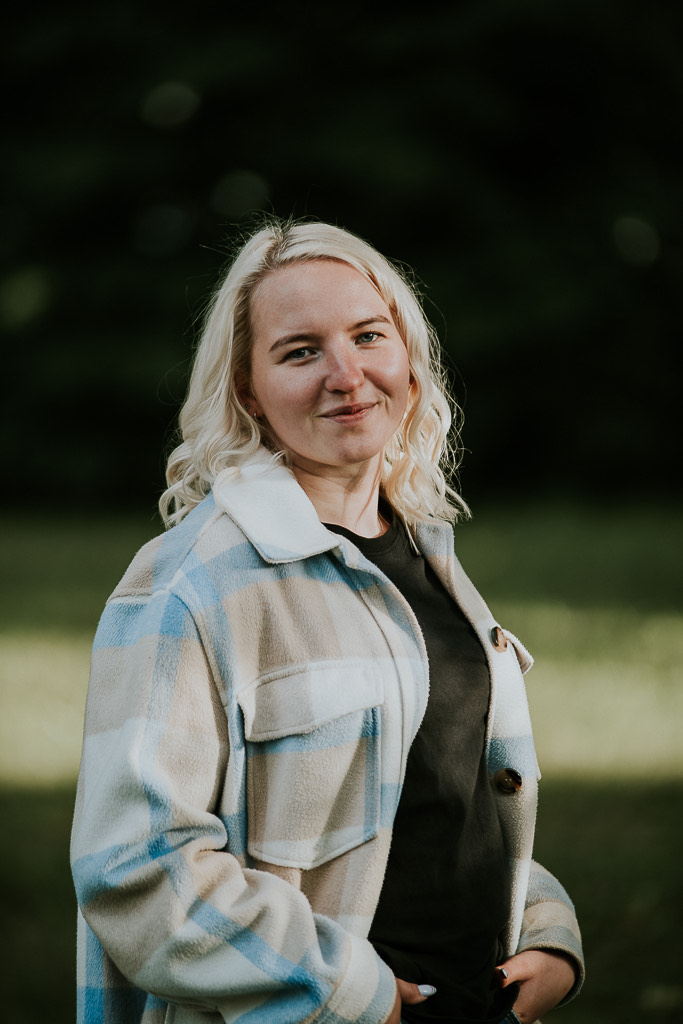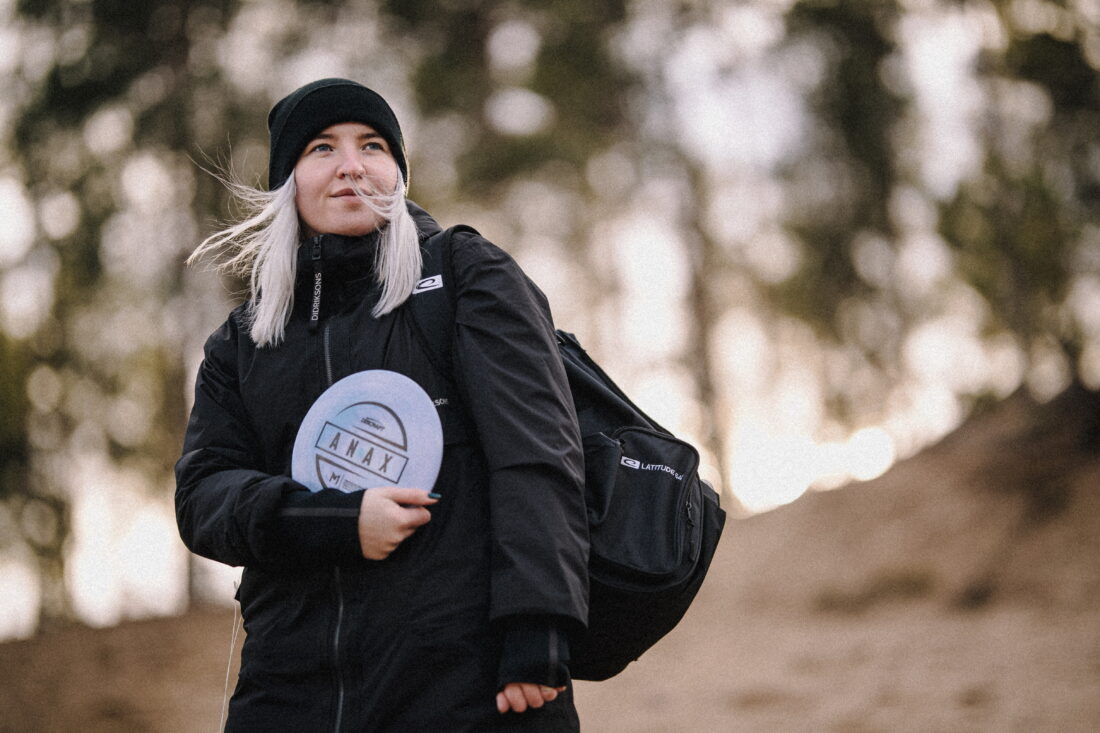
I have been diagnosed with the hereditary bleeding disorder Von Willebrand. I was diagnosed at the age of 4 when I was admitted to the hospital. I started receiving treatment immediately, initially I received medicine only when necessary, i.e. when bleeding occurred. To date, treatment has been replaced by prophylaxis twice a week. I don't have a good relationship with medicines, each medicine causes different side effects, because of which I'm never sure how long I can continue to use the medicine.
When I was diagnosed, my only symptoms were nosebleeds and minor bruising, so despite my condition I led an active life, playing sports such as volleyball and running.
But around 18 I started having internal bleeding that I didn't understand at first and thought was muscle cramps. As the pains got worse and worse, my mother took me to the hospital, where we found out that it was indeed internal bleeding. From then on, I couldn't play volleyball anymore because every harder hit of the ball caused bleeding. It took time to move to a bigger hospital and adjust to the environment, but luckily I found a supportive medical staff. Prophylaxis became my routine and in 2022 the port eased the injection. Unfortunately, an infection led to its removal in 2023, affecting my mental health as I returned to regular IV injections, which I dread due to the pain.

My current physical activities are walking and disc golf, and in the summer cycling and swimming. I try to do at least 10,000 steps a day, but due to spontaneous bleeding in my joints and muscles, it sometimes throws off my routine. I have to adapt to the situation at hand, even if it only means walking 1,000 or 3,000 steps. If there are worse bleeds that prevent movement, I take the day off and do small activities like studying.
I maintain my mental health by baking. I started baking at a young age - my first cakes came out of the oven when I was only 7 years old. It all started when a situation arose at school where others teased me, saying: "You're at home and bloody again. Girls don't have bleeding disorders, don't you know that?” I always turned to baking when I felt that no one wanted to listen to me, which had a strong impact on my mental health as a young girl. I finally discovered that baking could be my hobby, especially when I wasn't feeling my best - and it turns out I'm pretty good at it! Baking relieves my stress and calms me down when I feel down. Unfortunately I can't bake as much these days, especially when my feet are bleeding, as most of the baking involves standing on my feet.
My openness about being a girl with a bleeding disorder got attention. Facing misconceptions, I embarked on an educational journey. By sharing my story on social media, giving lectures at school about spotting, recognizing and caring for someone with a bleeding disorder, and participating in awareness campaigns, I made it my goal to educate others. It is rewarding to know that my efforts have helped others reach diagnosis and treatment. Besides, every new person who came into my life learned within hours that I had a bleeding disorder and what it entails, and so far it hasn't put anyone off!

The main advice I give to patients who may be struggling with the same or similar issues is simply this: believe in yourself. If you feel something is wrong, don't be afraid to check it out. The earlier you receive treatment, the higher your quality of life will be. I would advise women to stay true to themselves - if you are sure you have a bleeding disorder, go ahead and stand up for yourself, make sure you are heard and get tested, because women can have bleeding disorders too!
For our part, we wish Annabelle strength and endurance with new challenges!
The news is also published on EHC website.